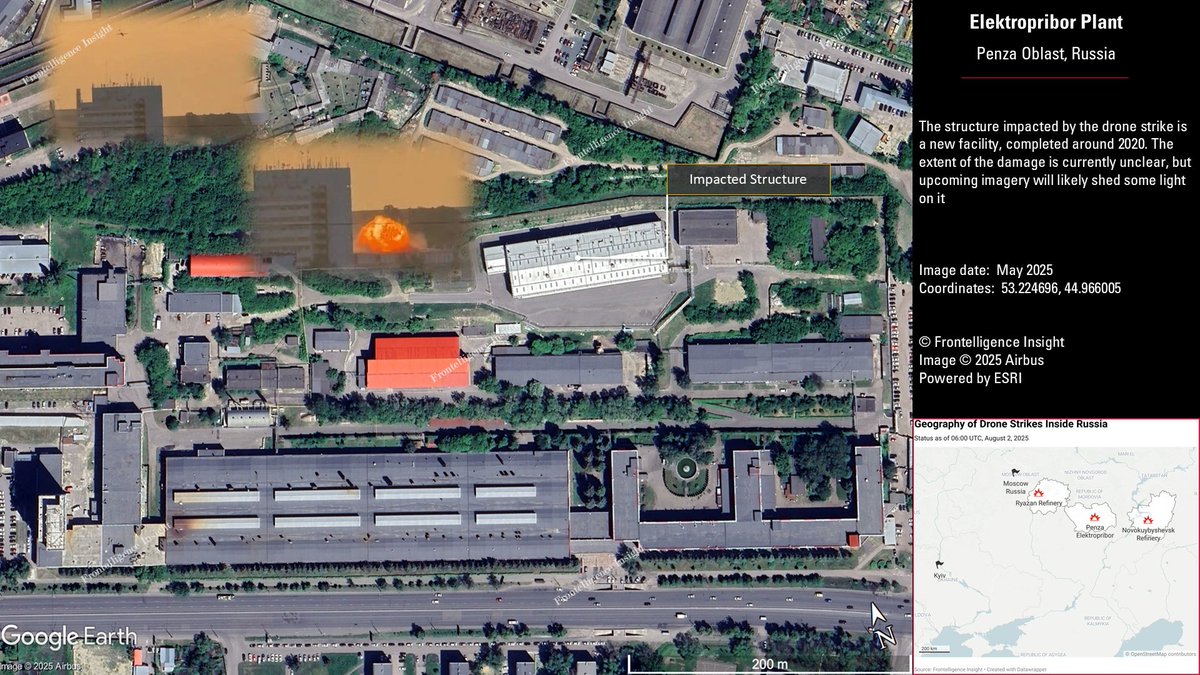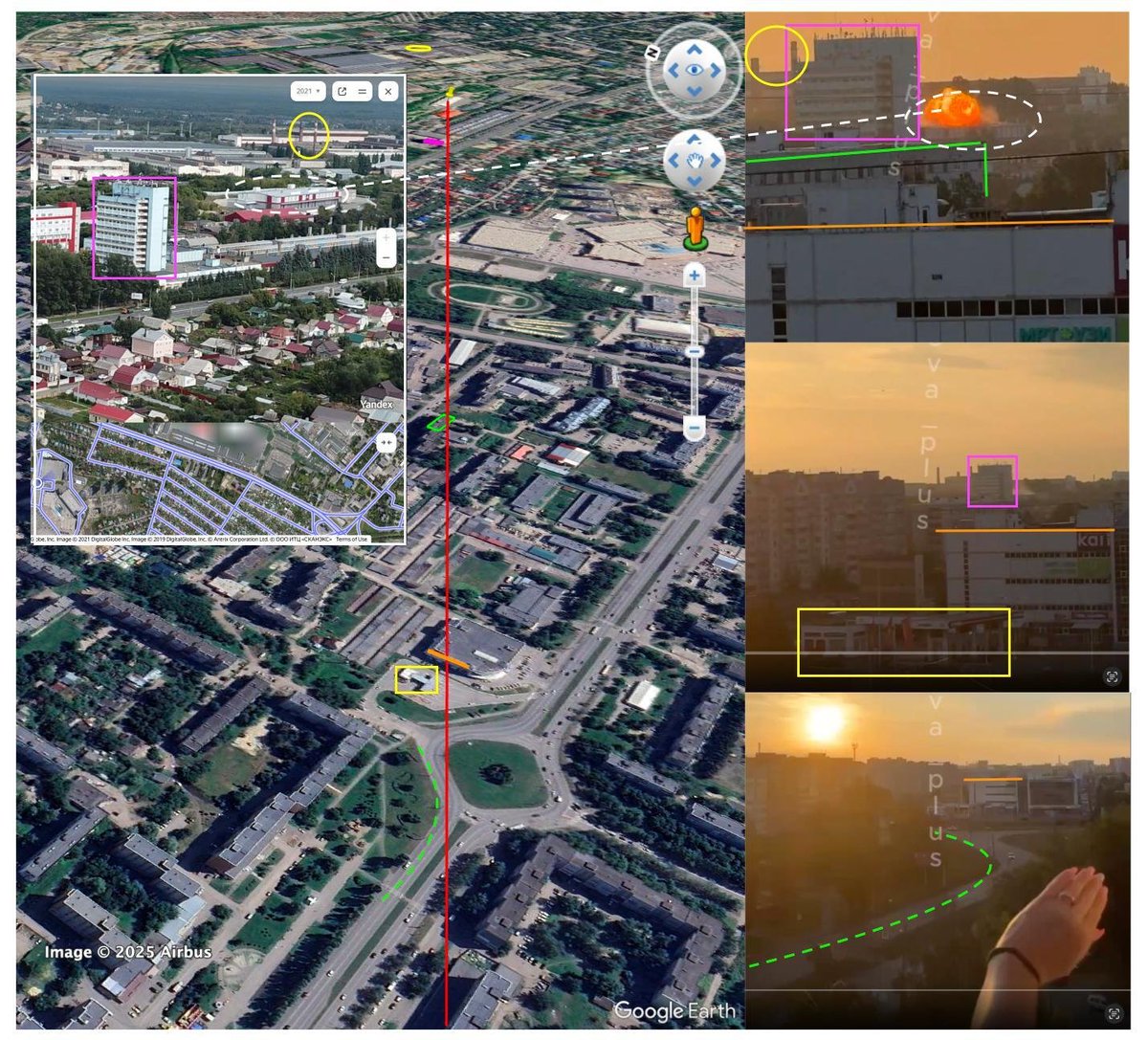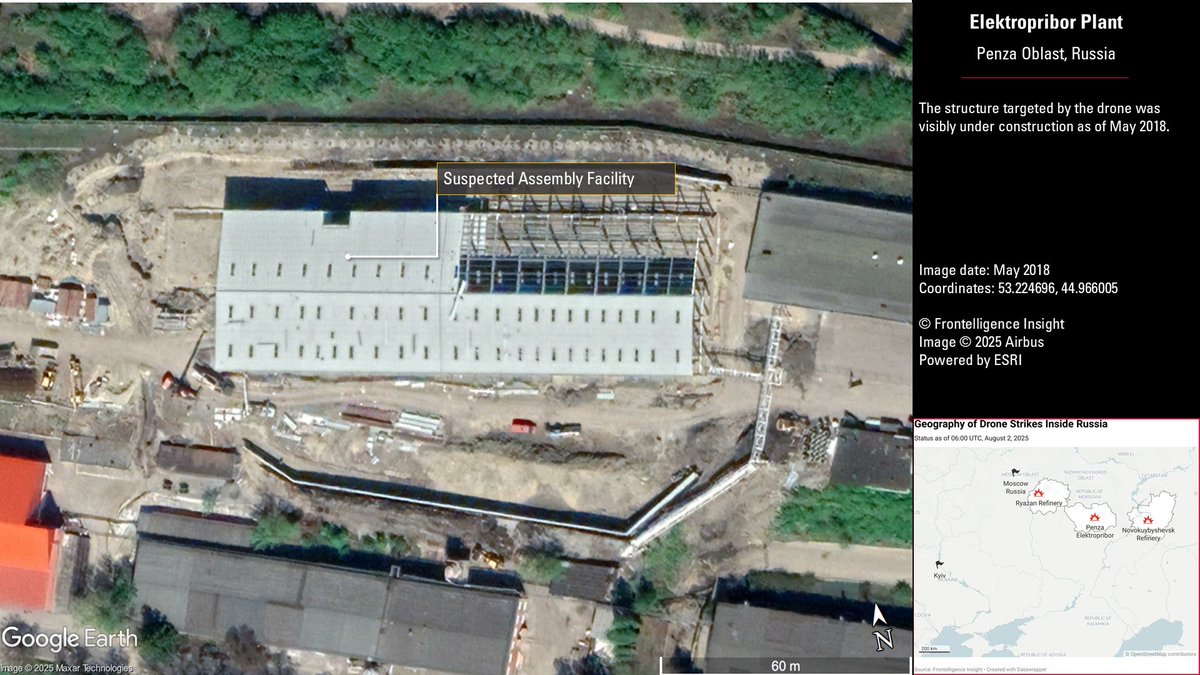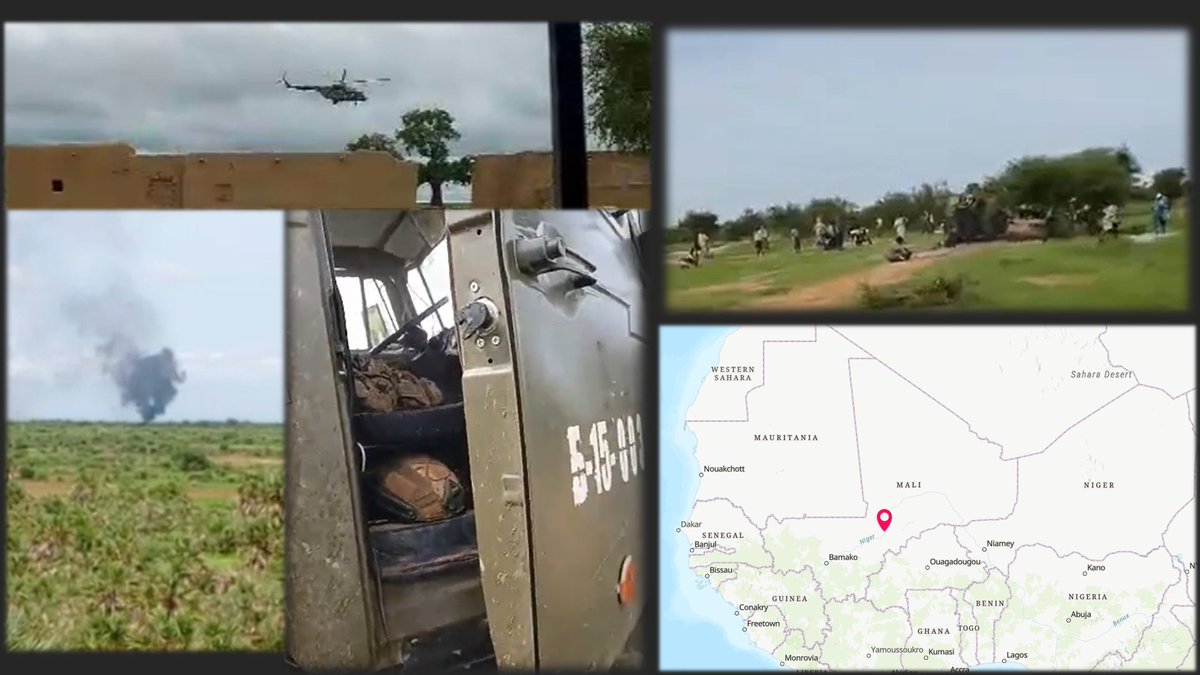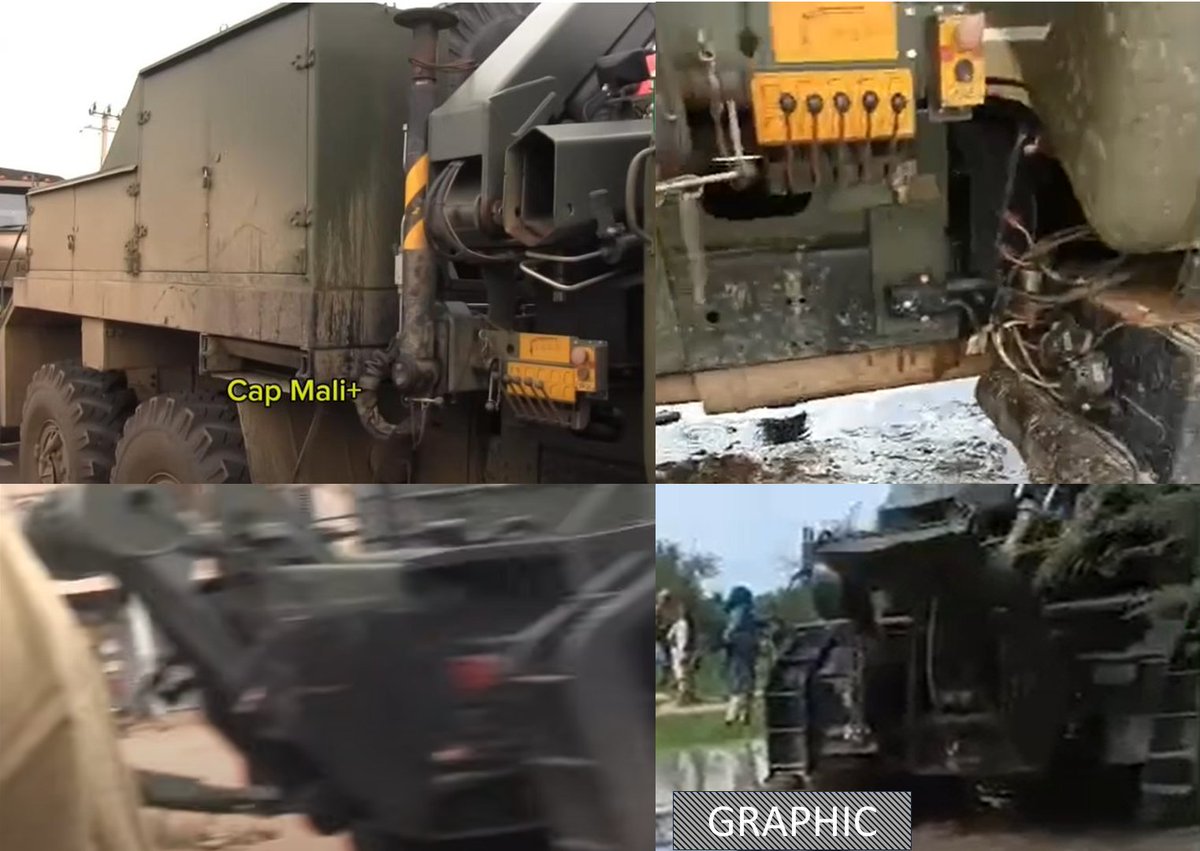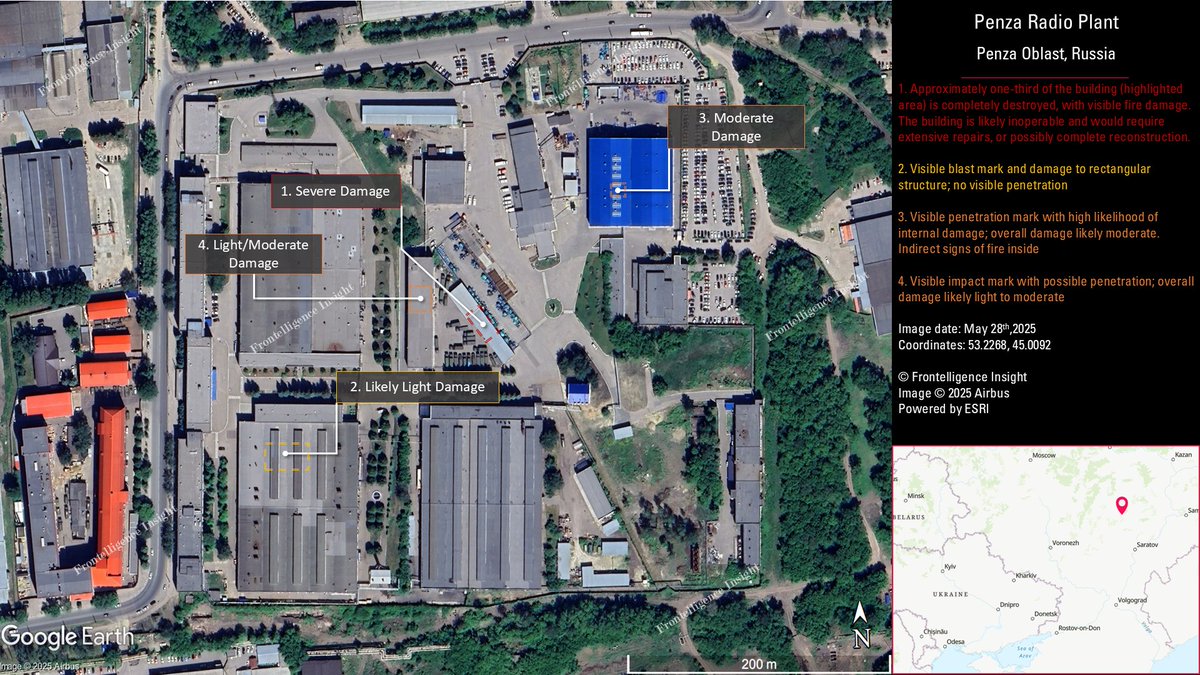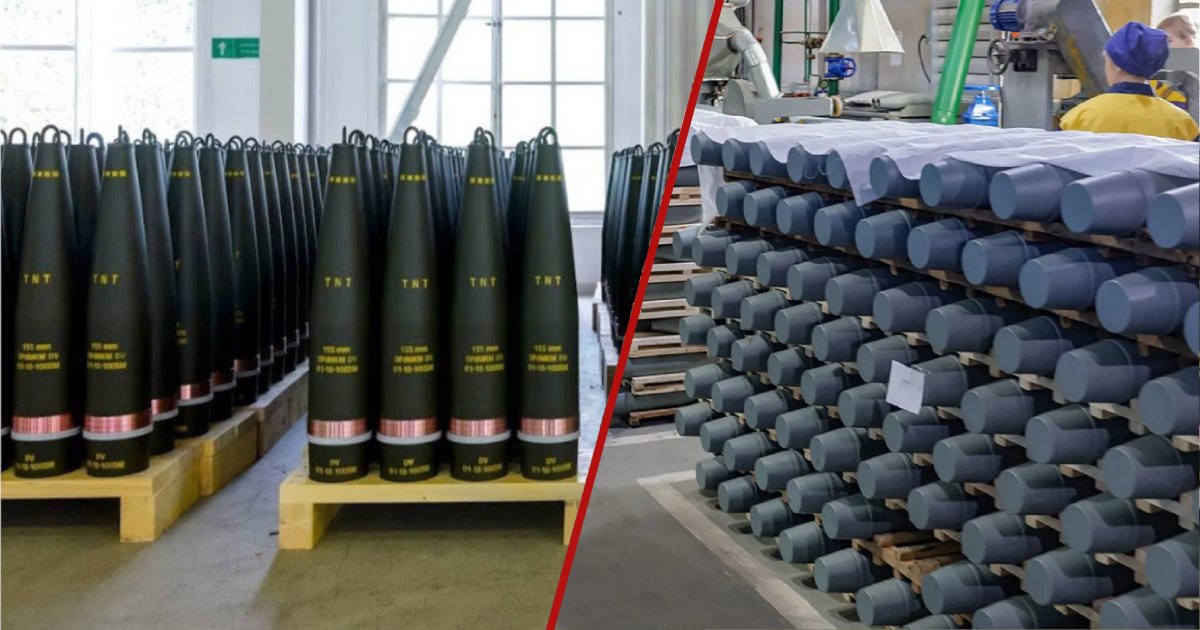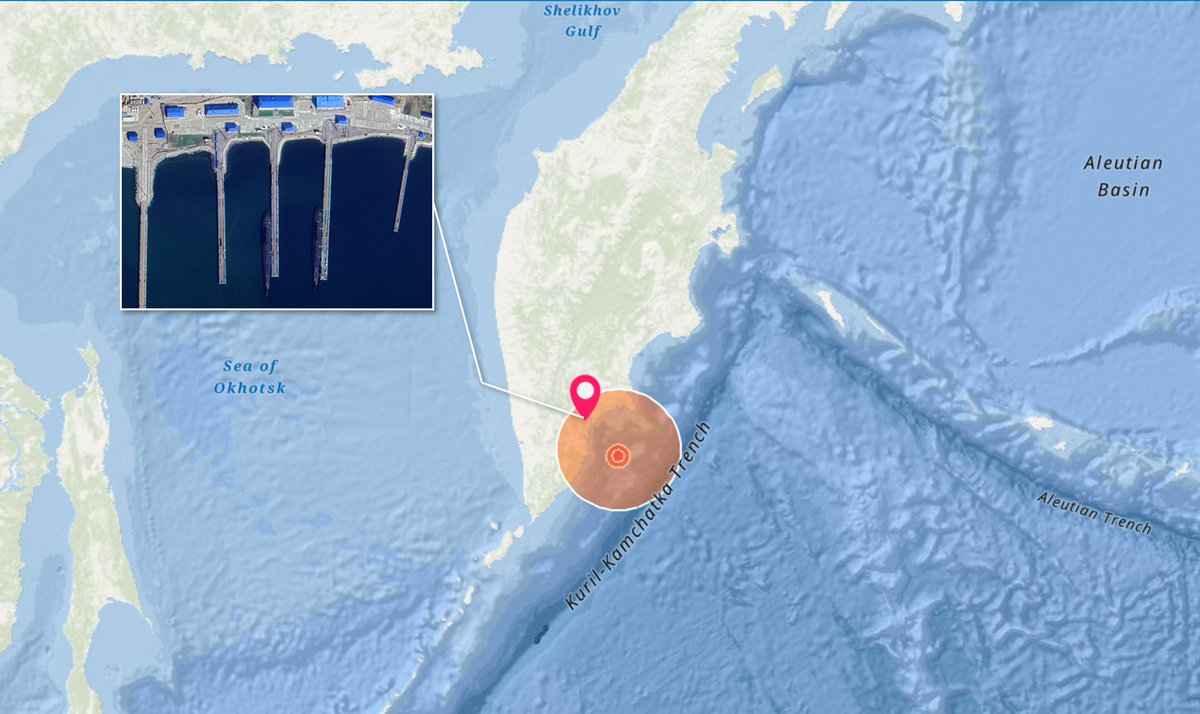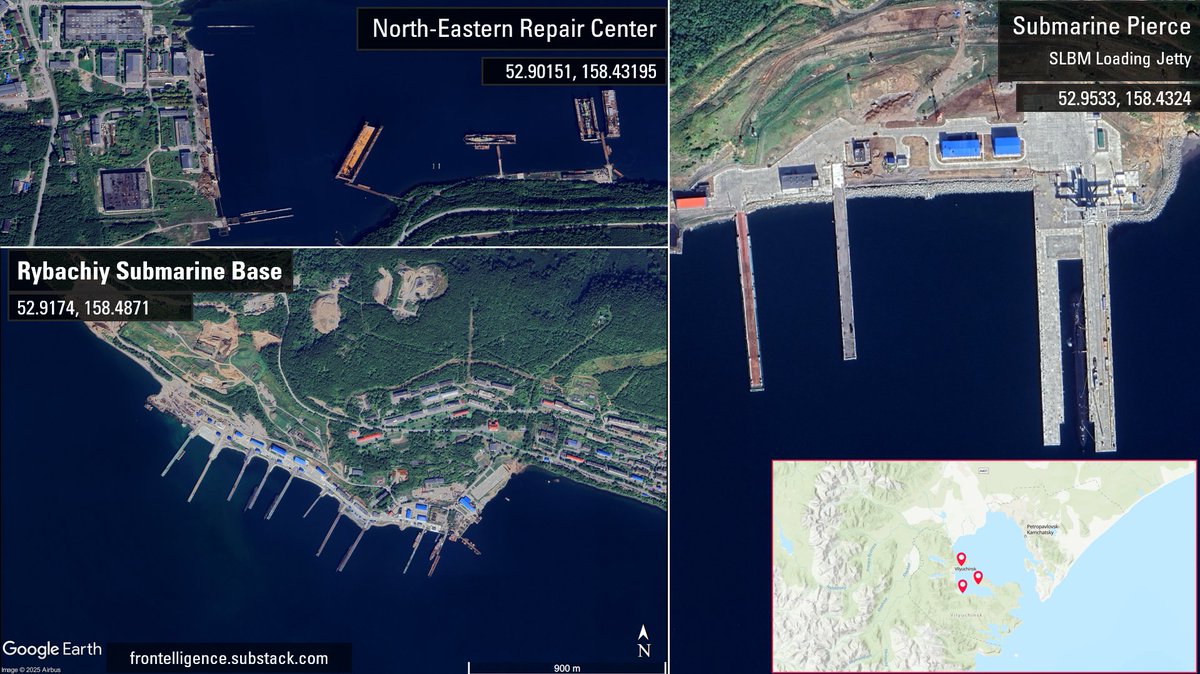The Financial Times recently published a report on Ukraine’s mobilization problems. While the article offers a broad and insightful overview, especially for those who are not familiar with the topic, I believe some additional context can help complete the picture: 

2/ First, let's start with the fundamentals. One of the core underlying issues is timing. Nationwide mobilization efforts would have been most effective during the initial phase of the war. That window has closed, but that doesn't mean the situation can't be improved
3/ Second, while the Ukrainian government may have overused claims of insufficient Western aid to deflect criticism and maintain internal support, the point isn’t without merit. For example, the 2023 summer counteroffensive was pitched as a turning point to secure big aid package
4/ Many of the problems stem from bureaucratic inefficiencies and a poorly structured recruitment system. One illustrative case: A man visited his local recruiting office several times to update his personal information, provided his phone number, and confirmed readiness to serve
5/ And yet, despite having submitted all his information, he was abruptly pulled off the street and forced into a van just weeks later. He didn’t resist, though the treatment was unnecessarily rough. He is now serving and holds no personal grudge - but not everyone is like that.
6/ This is a clear example of how unnecessary resentment can arise from simple disorganization and poor coordination within recruiters. At times, it may simply "easier" to mobilize multiple people at a bus stop than to call individuals one by one and wait for them to appear.
7/ Another recurring issue, one I’ve raised before, is the mobilization of individuals who are exempt from service. It’s not uncommon for recruitment officers to mobilize such individuals simply to meet quotas. What happens afterward is often seen as someone else’s problem.
8/ The result is a predictable and costly cycle: these individuals, now in uniform, pursue legal action to secure their release. This drains time and resources from frontline units, while recruitment offices, having fulfilled their numbers, bear no responsibility for the fallout
9/ And finally, the problem that concerns many people, is the cases where recruitment officers or police clearly overstep their authority and use force in situations where it's not warranted. Even worse is when authorities dismiss complaints, calling them russian psyops
10/ While reports of excessive force are frequently discussed online, they account for less than 1% of all recruitment cases. For example, with 18,000 mobilizations per month, 50 such videos would still represent a fraction under one percent.
11/ Four such videos per month would be enough to release at least one video per week, creating a magnified effect of a dreading problem that is obviously exaggerated given the scale of nationwide mobilization. However, the Russians are effectively using this.
12/ None of the problems mentioned above are unsolvable. Cases of unnecessary and excessive force must be punished and prosecuted, with clear consequences. Since potential recruits already have their data linked to a mobile app, they should simply receive a notification to report
13/ If recruit fail to show up or respond, it becomes a matter for the police, not military. Proper legal adjustments must be made if necessary; otherwise, the use of people in military uniform against civilians will only continue to fuel animosity toward the army
14/ I believe that the TCK has become a vulnerable point that Russia is actively exploiting, and for that reason, it requires both reform and a rebranding at this stage. Additionally, we need to increase salaries for our personnel, with financial assistance from Western partners
15/ Finally, we must continue working on attracting foreign fighters, offering them the prospect of residency in Ukraine under revised immigration laws and competitive pay. Russia has used this approach effectively, and there is no reason Ukraine can't do the same on scale
• • •
Missing some Tweet in this thread? You can try to
force a refresh



